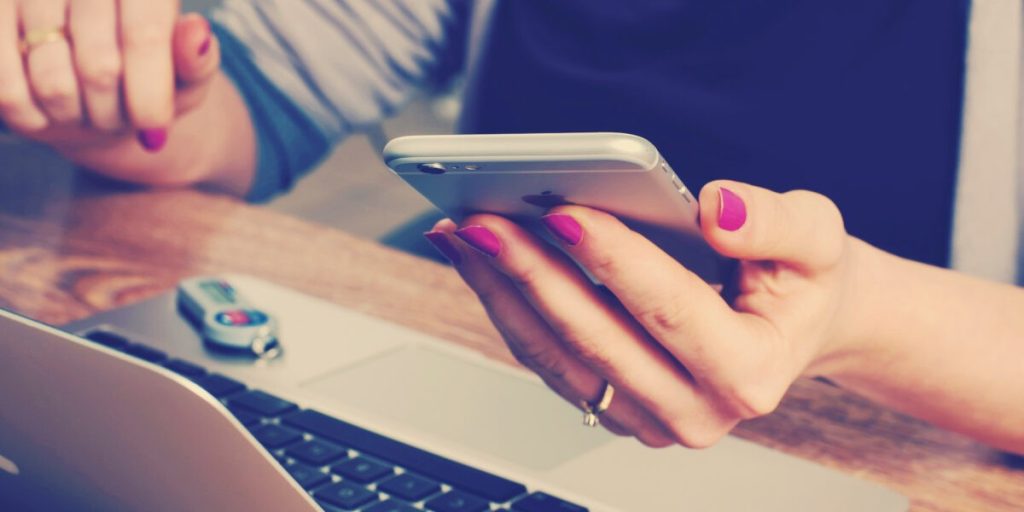
#hashtaghistory #itisntwhatyouthink #italmostwasntatall #
If you can make sense of those words and can sling tags #likeaboss, give yourself a #goldstar.
But if all you see is a jumble of letters and words, here’s a quick overview.
Putting the ‘pound’ sign – or by its more recognizable term ‘hashtag’ — in front of a word or a group of words creates a discussion topic in social media, which is why you see them in Tweets, Facebook posts, Pinterest pins, texts, online news stories, and even creeping into personal correspondence.
Putting a “49erfan” hashtag on a Facebook, Instagram or Twitter post about a favorite football team, for instance, can invite fellow fans to take part in a conversation, or add their own input by including the tag in their posts. Tags can also be now used in web searches, or as a PS/final thought to summarize and personalize a post. You may not necessarily want to continue a conversation like #thatsallfolks but it is a fun way to sign off, along the lines of #micdrop or #peaceouthomies.
But as interesting as it can be to use them, the history of the hashtag is even more so.
The history of the hashtag
Common knowledge tells us that Twitter was responsible for unleashing hashtags on the world. The social media channel certainly helped their popularity and use, but the history of the hashtag goes back to the early 1960s when engineers at Bell Labs were trying to replace the rotary phone.
In 1963, a Bell Telephone touch-tone research team came up with the idea of a grid of 12 buttons, with 0 and two other spaces at the bottom. One spot was designated an asterisk/star and the other a cross-hatch/diamond, both symbols already on keyboards and ASCII text. Programmers also used the hashtag symbol to break up strings of numbers.
According to a recent Wired piece about the “secret origins” of the hashtag, the slash and the interrobang, a Bell Labs employee called the “pound” sign an octothorpe – it had eight legs and it so happened he was a fan of baseball player Jim Thorpe.
A Gizmodo article on the early history of the hashtag said it was an improvement from a nonsense name generated by Bell marketing employee Lauren Asplund – “octoherp,” since he didn’t think Americans would want to say or remember “pound sign.”
The concept of using a character to designate separate discussion channels was used by IRC in the late 1980s, an early form of chat/instant messaging. But in 2007, the idea was suggested to Twitter, which seemed to make sense for a text-based service where the goal is to be brief.
Online designer Chris Messina is credited with suggesting that the company’s leadership invite and encourage users to use the # sign as an easy way to create or participate in “group” areas or topics (his first use of hashtag was “#barcamp”). He believed they could bring like-minded people together, show what topics are currently being talked about, can be searched, and measured/analyzed to see how well a digital campaign is performing.
Messina said that his idea was rejected as being too technical. He also was given a prediction that the idea would never catch on.
However, he encouraged the Twitter community to try them, including developer Nate Ritter, who used “#sandiegofire” to let California residents on Twitter follow coverage/related Tweets about the 2007 fires in San Diego.
Facebook began incorporating them in 2013, and today, hashtags remain a popular tool for consumers and marketers.
Need a little more advise on how to properly integrate hashtags into your digital marketing efforts? Contact us today to start talking! #hashtaghelp


